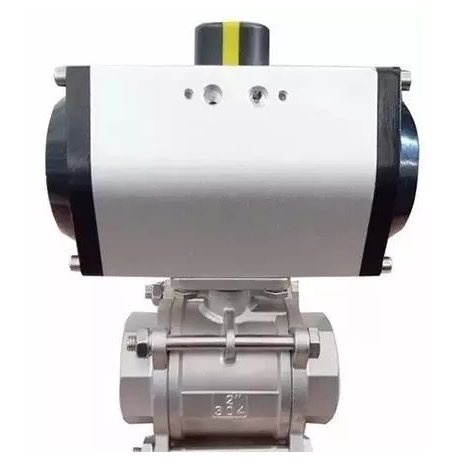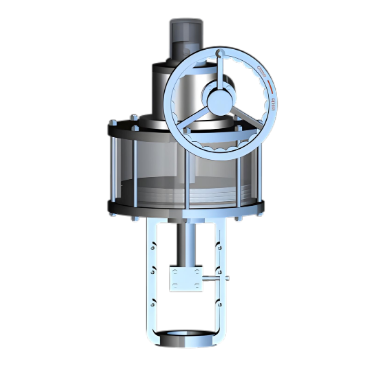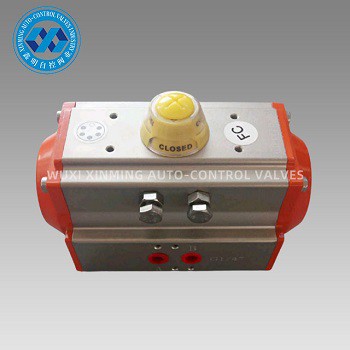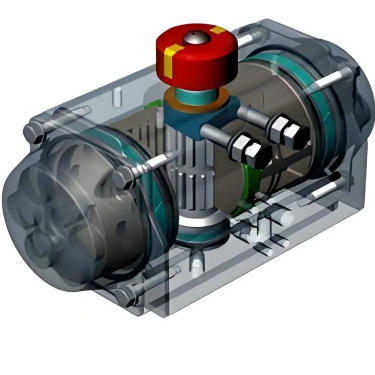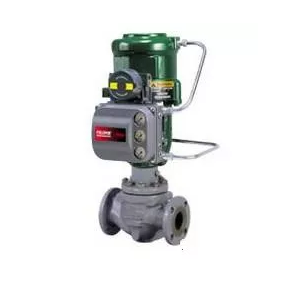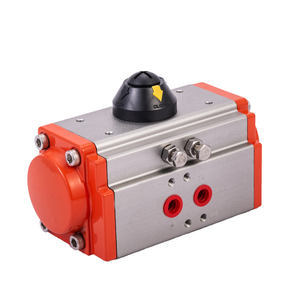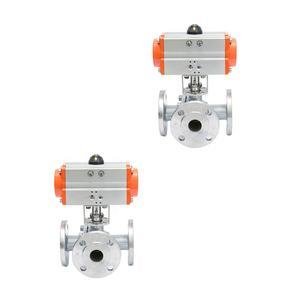A quarter - turn pneumatic actuator operates
based on the principles of pneumatic power and mechanical linkage to provide
precise rotational motion. Here's a general overview of how it works:
Pneumatic Power Input: The actuator is
connected to a compressed air source. When the control signal is sent, air is
allowed to enter one of the actuator's air chambers. The pressure of the
compressed air builds up and exerts a force on a piston or a diaphragm within
the actuator.
Mechanical Linkage: The force exerted by
the air pressure on the piston or diaphragm is transferred to a rotating shaft
through a mechanical linkage, such as a rack - and - pinion or a scotch - yoke
mechanism. In a rack - and - pinion system, the linear motion of the piston is
converted into rotational motion of the pinion gear, which is attached to the
shaft. In a scotch - yoke mechanism, the piston's linear motion drives a yoke,
which in turn rotates the shaft.
Rotation and Positioning: As the shaft
rotates, it turns the connected valve or other device by a quarter - turn,
typically 90 degrees. The actuator can be designed to stop at precise
positions, allowing for accurate control of the valve's opening and closing.
When the control signal changes, the air is vented from the chamber, and the
actuator may return to its original position, either by the force of a spring
or through the application of air pressure in the opposite direction. This
cycle of air input, mechanical conversion, and rotation enables the quarter -
turn pneumatic actuator to provide reliable and efficient control in various
industrial applications.
If you want to learn more about low-priced products, please visit the following website: www.xm-valveactuator.com


